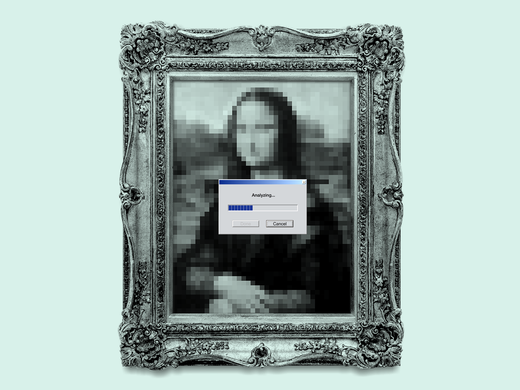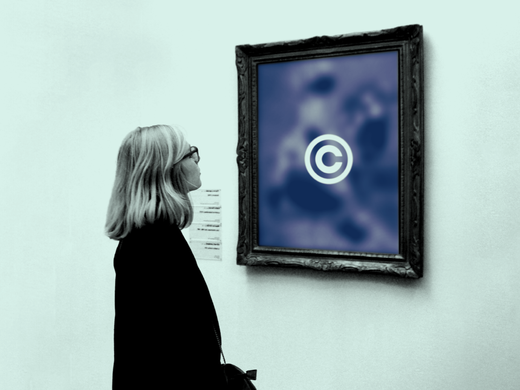Just a decade ago, a requirement that a designer disclose, in an industrial design application, the origin of traditional cultural expressions, traditional knowledge, and biological or genetic resources used in creating a design was virtually unheard of in national or regional protection systems. But as awareness of the many ways in which cultural and genetic resource use and misappropriation can occur is evolving, some developing countries have begun exploring the appropriateness of, and in some cases even instituting, such a requirement.
These developments have taken centre stage in the negotiations of the World Intellectual Property Organization Standing Committee on the Law of Trademarks, Industrial Designs and Geographical Indications on a draft Design Law Treaty (DLT), which is expected to facilitate the obtainment of design protection globally by limiting domestic design registration requirements. Currently, a controversy exists over an African Group proposal to allow policy space in the draft DLT for countries to be able to require design applicants to disclose the origin of traditional cultural expressions, traditional knowledge, and biological or genetic resources used in creating protectable designs.


